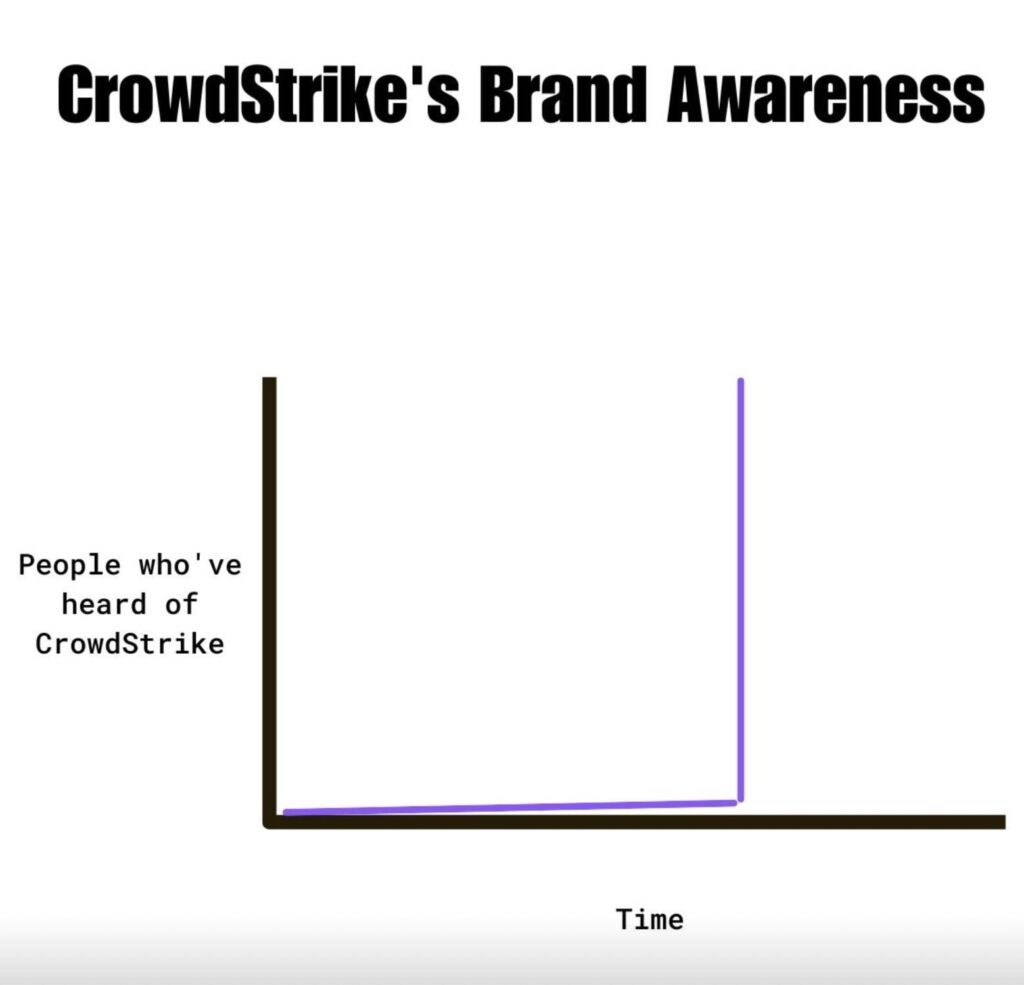Good work, Britain. Owners of Apple devices in the United Kingdom will be a little less safe moving forward as the company pulls its most secure end-to-end (E2E) encryption from the country. The move is in response to government demands there that Apple build a backdoor into its iCloud encryption feature that would allow law enforcement to access the cloud data of any iPhone user around the world under the guise of national security.
[…]
Following Apple’s decision to pull E2E cloud encryption from the UK, the company on Friday told Bloomberg that “enhancing the security of cloud storage with end-to-end encryption is more urgent than ever before” and that it “remains committed to offering our users the highest level of security for their personal data and are hopeful that we will be able to do so in the future in the United Kingdom.”
The UK order asked Apple for access to global user data under the country’s Investigatory Powers Act, a law that grants officials the authority to compel companies to remove encryption under a “technical capability notice.”
[…]
“Security officials asked not only that Apple allow the UK government access to UK residents’ encrypted cloud storage, but that the UK government get access to any Apple user’s encrypted cloud storage,” said David Ruiz, an online privacy expert at Malwarebytes. “To demand access to the world’s data is such a brazen, imperialist maneuver that I’m surprised it hasn’t come from, well, honestly, the US. This may embolden other countries, particularly those in the ‘Five Eyes,’ to make a similar demand of Apple.” Ruiz questioned what this means for the UK’s privacy guarantees with the US.
Law enforcement is always looking for new ways to conduct surveillance under the guise of protecting the public—Edward Snowden famously revealed a dragnet of surveillance created after 9/11 that pulled in data on individuals domestic and abroa. But once the genie is taken out of the proverbial bottle, it is hard to put it back, and the capabilities can end up in the wrong hands. Police already have access to plenty investigative powers, privacy advocates say, and the public should be very cautious about giving them more that could be ripe for abuse.
[…]
With today’s move, Apple is essentially saying that it would rather pull the E2E encryption altogether and inform customers they will be less safe, rather than build an open door for the UK government. It is a shrewd, gigachad move by Apple even though consumers there will no longer have the same amount of security as others around the globe. iCloud encryption is important as the service has in the past been a target of hackers who penetrated the accounts of celebrities to steal their nudes and post them online in a scandal that was called “the Fappening.”
[…]
Source: Apple Says ‘No’ to UK Backdoor Order, Will Disable E2E Cloud Encryption Instead
So, no security or privacy for those in the UK then.















